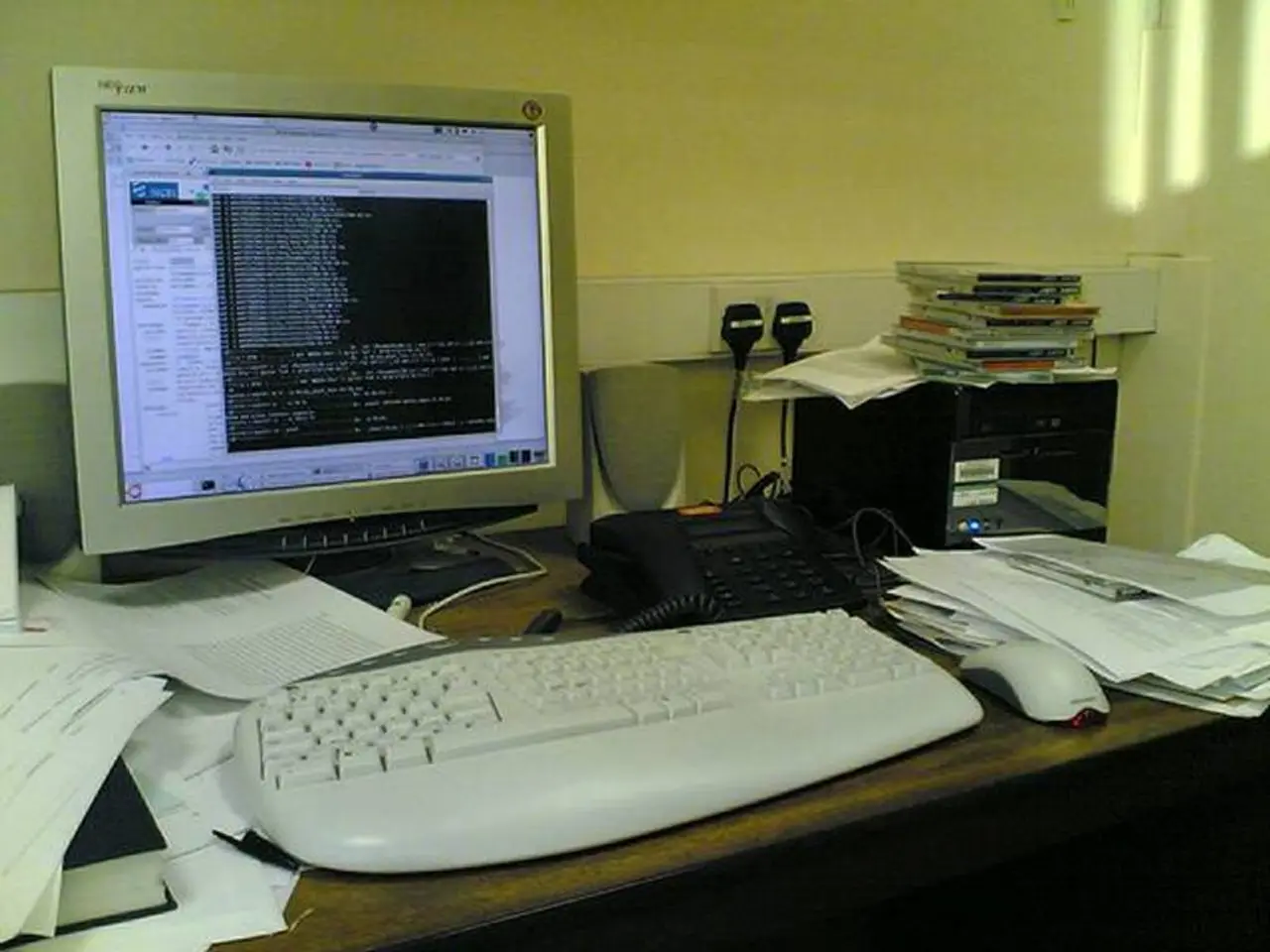Remote Employees Experience More Focused Work with Fewer Disruptions, According to Data by Hubstaff
In a groundbreaking analysis, Hubstaff, a leading workforce management platform, has highlighted several productivity insights and features that underscore the potential benefits of remote work. The study, aimed at creating an objective measure of focus time independent of other factors or perceptions, has revealed that remote workers, on average, spend 4.15 more hours per week in a focused state of work compared to their in-office counterparts.
One of the key findings is the reduced number of interruptions faced by remote employees. On average, remote workers have 1.19 fewer hours of time wasted due to interruptions per week compared to in-office teams. Over an entire year, remote employees eliminate 61.88 hours of wasted time required to get back on track after an interruption.
The analysis suggests that remote work allows individuals to carve out about 15 minutes more in their work week just in recovery time due to fewer interruptions. This reduced interruption rate likely also means less time lost due to those interruptions, creating potential for gains in productivity.
Hubstaff's data suggests that remote team members can better focus on tasks compared to their office counterparts. Remote workers report a greater ability to create privacy and reduce interruptions. The average office worker, experiencing an average amount of time to refocus, would lose 6.52 hours each week just to get back to what they were doing.
The platform identifies productivity trends such as peak activity hours, workload fluctuations, and periods of high or low productivity. This helps managers plan resource allocation better and address workflow bottlenecks before they impact performance.
Hubstaff's detailed metrics, especially via its Insights add-on, help increase focus time by identifying when productivity dips occur and suggesting scheduling adjustments. The tool's combination of real-time tracking, trend forecasting, and industry benchmarking makes it especially useful for managing hybrid workforces effectively.
Beyond focused work analysis, Hubstaff supports payroll processing, geofencing for mobile workers, and shift scheduling with notifications for missed shifts. These features aid both remote and hybrid teams in maintaining productivity and accountability.
The research from Hubstaff supports workers' claims that they can prioritize work and minimize distractions in their home environment. The analysis also supports the idea that hiring remotely or offering staff flexibility in how they work may be key to addressing productivity gaps involving deep, focused work.
Moreover, remote communication technology typically has options to set focus time and/or mute notifications, further enhancing the focus and productivity of remote workers. The potential cost of interruptions for office and remote workers in the United States can be quantified in terms of dollars, based on Zippia's office worker salary data for 2023.
In conclusion, Hubstaff's analysis underscores the importance of understanding and optimizing when and how teams work best to boost focused work and productivity across remote and in-office settings. The tool provides clear, actionable insights into team productivity by tracking time spent on tasks aligned with actual work and measuring activity levels based on keyboard and mouse usage.
- Hubstaff's analysis reveals that remote workers benefit from a reduced number of interruptions, spending 1.19 fewer hours per week on average in comparison to their in-office counterparts.
- The Insights add-on within Hubstaff offers detailed metrics, identifying when productivity dips occur and suggesting scheduling adjustments to increase focus time.
- Beyond productivity analysis, Hubstaff supports various workforce management features, including payroll processing, geofencing for mobile workers, and shift scheduling with notifications for missed shifts.




